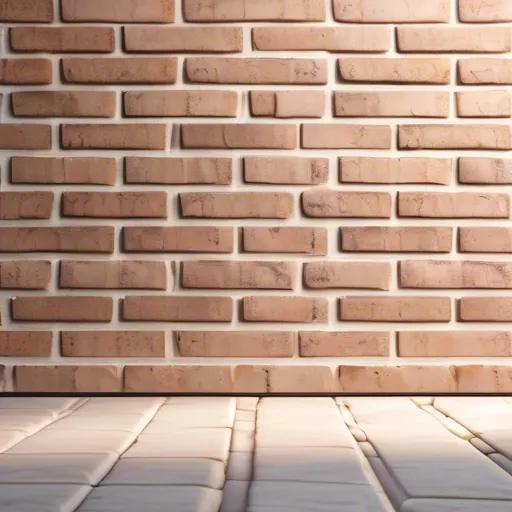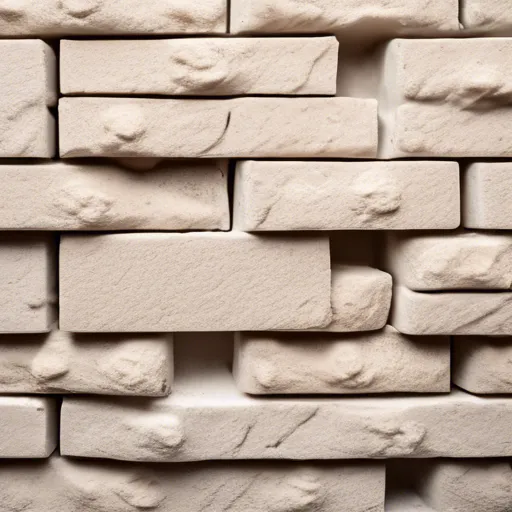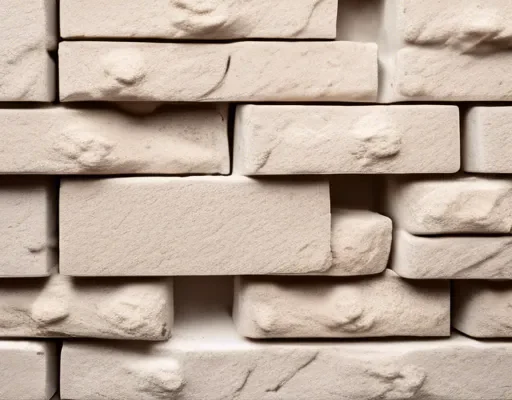When faced with the daunting task of selecting the right brick for your construction project, two contenders often come to the fore: ceramic and silicate bricks. Both bring their own unique qualities to the table, but how can you ensure you’re making the best choice for your needs? In this guide, we’ll break down the essential differences, advantages, and drawbacks to help you make an informed decision.

Material Composition
The first thing to understand about these bricks is what they’re made of. It may seem trivial, but the raw materials define much of their characteristics.
Ceramic Bricks
- Composition: Formed from clay that’s molded, dried, and fired at high temperatures.
- Color: Typically red or brown, depending on the mineral content of the clay.
- Porosity: Generally lower porosity, leading to better water resistance.
Ceramic bricks are renowned for their durability and weather resistance. They lie at the heart of historical architecture and are still a go-to material today.
Silicate Bricks
- Composition: A mix of sand, lime, and water, which are then autoclaved under pressure.
- Color: Often white or grey, but coloring additives can diversify the range.
- Porosity: Higher porosity, which may impact thermal insulation properties.
Silicate bricks are prized for their precision and uniformity. The manufacturing process lends them a sleek, modern aesthetic that many find appealing.

Performance and Durability
While aesthetics matter, the real test is how these bricks hold up over time under various conditions.
Ceramic Bricks
- Weather Resistance: Excels in harsh weather conditions due to its dense structure.
- Longevity: Known for lasting several generations when properly maintained.
- Insulation: Provides good thermal insulation, keeping homes warm in winter and cool in summer.
Ceramic bricks are often chosen for projects where long-term durability is a priority. They’re classics for a reason, as evidenced by historic landmarks constructed from them.
Silicate Bricks
- Weather Resistance: Performs well in most climates but may suffer in extremely wet or frosty conditions.
- Longevity: Not as long-lasting as ceramic, but with a fair lifespan with proper care.
- Insulation: Due to higher porosity, thermal insulation might not match up to that of ceramic bricks.
Despite some drawbacks, silicate bricks can be the perfect choice for modern construction projects where style and precision are the leading factors.

“Choosing a brick is similar to buying a used Citroën—it’s all about weighing up features, longevity, and style to find the perfect match.”
Cost Considerations
In the realm of building materials, cost is always a crucial factor. Let’s see how these bricks stack up in this domain.
- Ceramic Bricks: Generally more expensive due to the energy-intensive production process.
- Silicate Bricks: Tend to be more cost-effective, especially when considering projects with a tight budget.
Ultimately, your choice may come down to balancing upfront costs against long-term benefits.

Final Decision: What’s Best for Your Needs?
Deciding between ceramic and silicate bricks should depend on your specific needs, budget, and aesthetic preferences. If resilience and historical charm appeal to you, ceramic may be the proverbial brick in your wall. However, if sleek, modern looks and cost-effectiveness are your priorities, silicate could be your match.
“In home design, as in kitchen lighting, the right materials can transform more than just your perspective—they shape the entire environment.”
When choosing between ceramic and silicate bricks, consider the purpose and location of your project. Will it be a resilient family home that you wish to last for generations, or a chic new development that needs a crisp contemporary finish?
“Tulle isn’t just for the bedroom. Just as tulle transforms windows, the right brick can transform a building.”
Both ceramic and silicate bricks have stood the test of time, each with their own set of unique benefits. Make your choice wisely, and your construction project will thank you for it.
